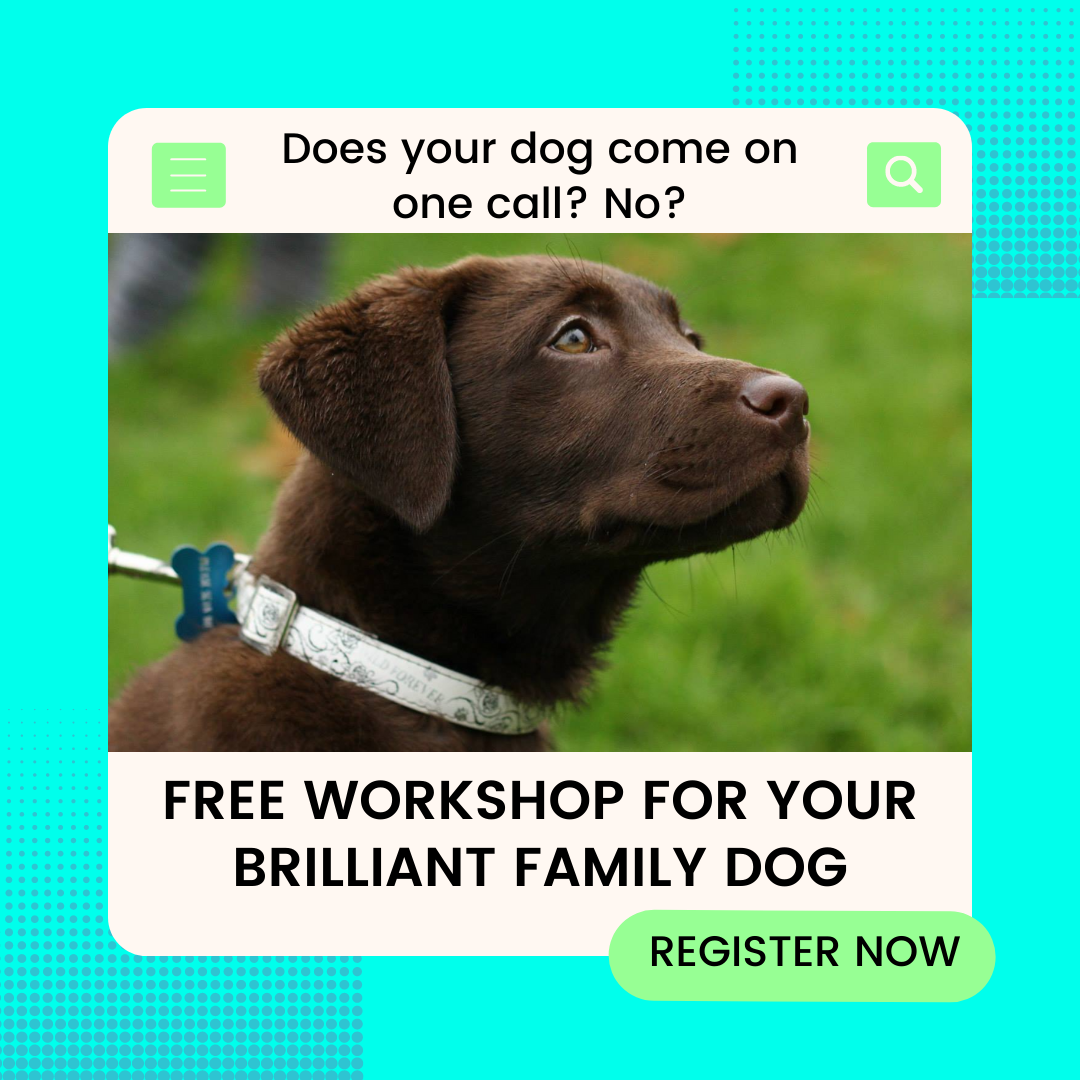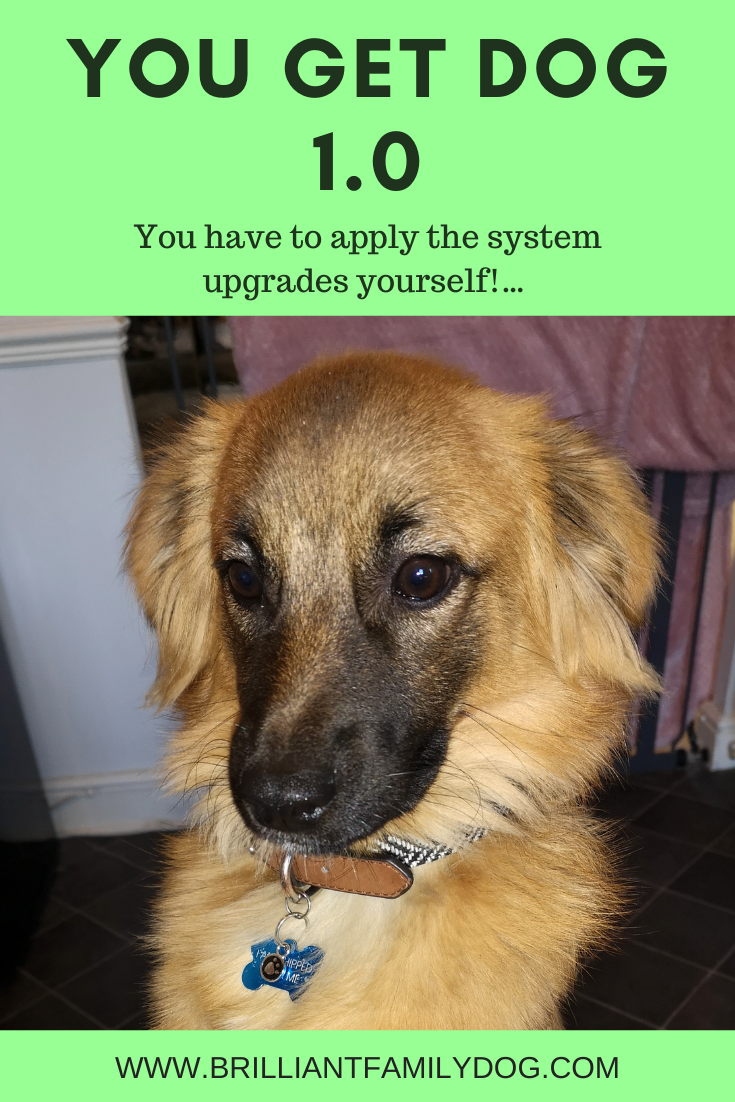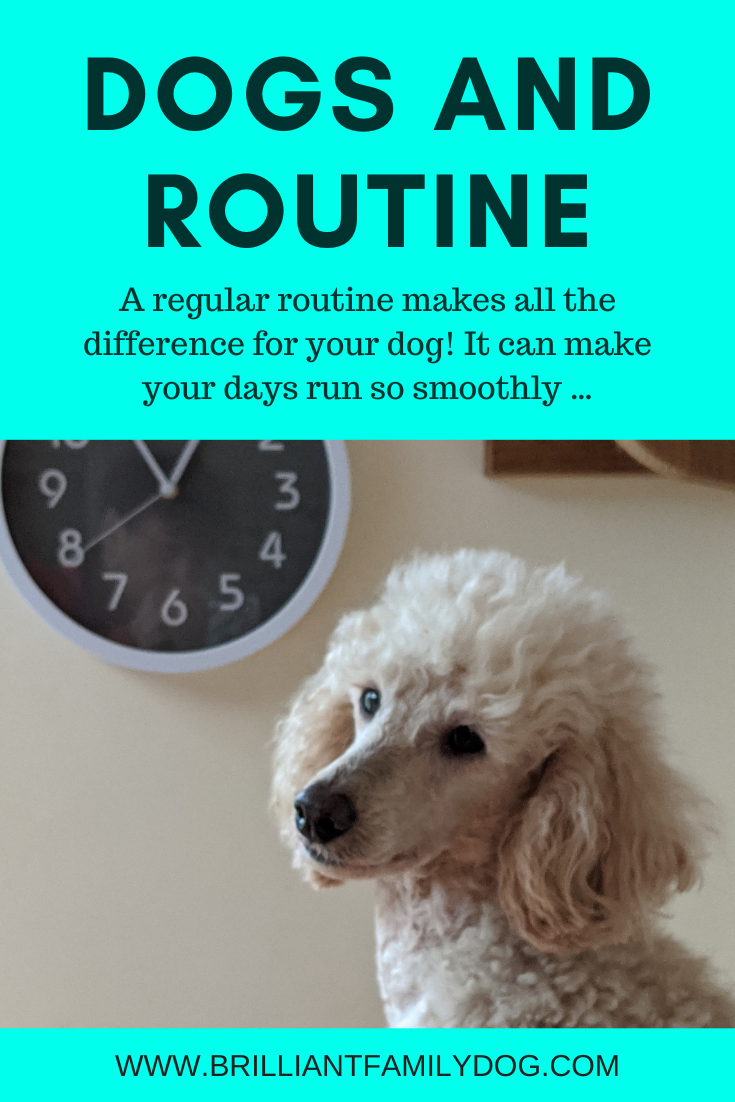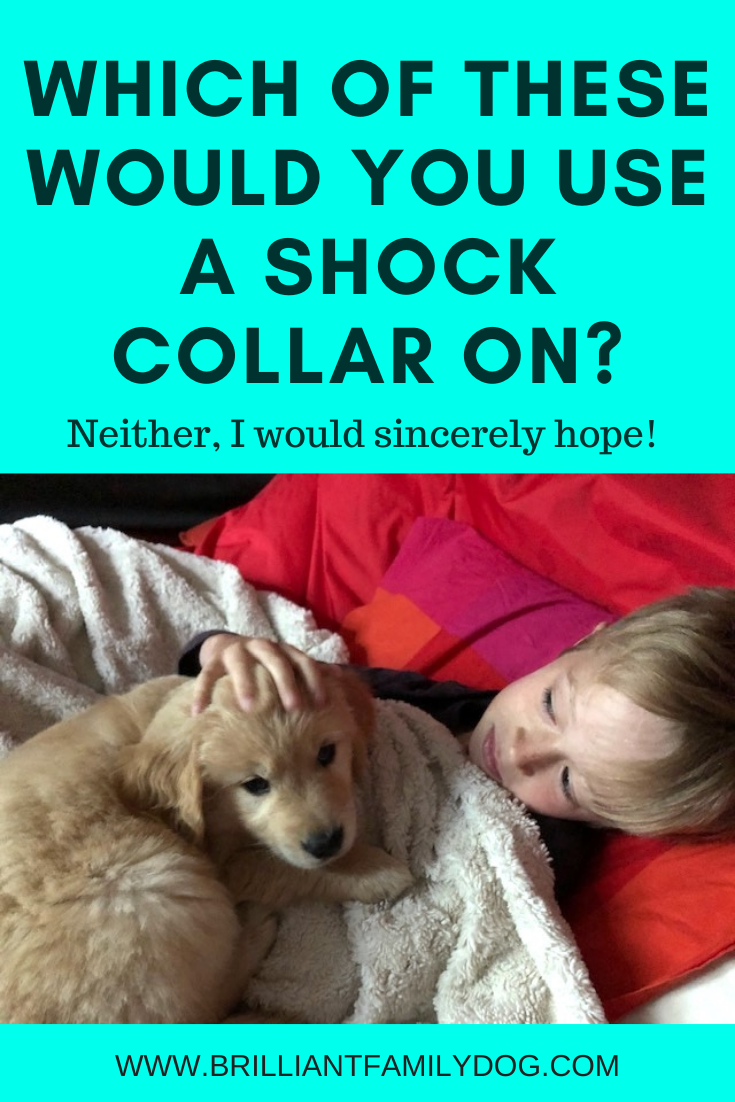Summer has arrived for us in the northern half of the world! And with it comes fun, long lazy walks on the beach, cool shady walks in the forest, games in the garden, swimming for dogs who like it, and …
😱 😱 😱
.. ticks, grass seeds, sunburn, snakes, heat exhaustion … you name it!
So I wanted to give you some summery tips to make things easier for you and your dog.
And as I set down to write, I remembered that I’d already given you some tips on this in previous summers.
No need to re-invent the wheel!
So here are the links for you, so you can find out just what you need to watch out for, whether your dog is a hairy monster or a sleek beastie.
Summer Dog Hazards
[Click the title above to read the post!]
We’re having quite a mixed bag of weather in the UK this summer! From the hottest July day ever to cool summer soakings. So it’s worth taking a look at how these hazards can affect your dog. We all know that cars can turn into killing ovens within minutes on a sunny day, whether the windows are open or not.
But there are other times dogs can get dangerously overheated …
Summer Grooming for your Dog!
[Click the title above to read the post]
Once you’ve done the thorough spring overhaul and got all the winter coat out, you may think you can take a break from brushing your dog for a while.
But NOOOOOO!
It’s especially important in summer!
This is when you can get all those ticks, cuts, matts, cleavers, twigs, grass seeds, and any other sticky passenger looking for a free ride …
The Weekly Once-over can save you a Lot of Vets’ Bills
[Click the title above to read the post!]
Run your hands over your dog’s body. It’s key to maintaining your dog’s health. Reach every nook and cranny! You want to check up for cuts, scratches, foreign bodies, hot areas, sore bits, tangles and mats.
You can do this methodically, once a week. Or you can do what a lot of people do - that is to use cuddle time as an opportunity to feel all over your dog and check him out.
It’s surprising how many people miss this. It can lead to nasty problems, especially where ears and feet are involved. The fashionable fluffy dogs have lots of fluff-related problems …
And to enjoy your dog running free, knowing that he’ll race back to you in a heartbeat as soon as you call - watch our free Workshop here, on getting your dog to LISTEN!














